We’ve reached an inflection point. As the global response to COVID-19 evolves, communities around the world have moved from an era of “remote everything” into a more hybrid model of work, learning, and life. And as we all scramble to keep up, the future of work and education is being shaped before our eyes. At Office.com/setup, we’ve spent the last few months learning from our customers and studying how they use our tools. We’ve also worked with experts across virtual reality, AI, and product research to help understand the future of work. These findings, which are published here, guide us as we design technology to help our customers today and in the future.
Today we’re announcing a set of new features in Office.com/setup Teams that make virtual interactions more natural, more engaging, and ultimately, more human. These features offer three key benefits for people at work and in education. First, they help you feel more connected with your team and reduce meeting fatigue. Second, they make meetings more inclusive and engaging. And third, they help streamline your work and save time. It’s all about enabling people everywhere to collaborate, to stay connected, and to discover new ways to be productive from anywhere. Let’s dig into the details.
Feel more connected and reduce meeting fatigue
Together mode—At a time when people are conducting more virtual meetings than ever, our research has shown that many of us feel less connected since moving to remote work, and experience more fatigue during video meetings than during in-person collaboration. Together mode is a new meeting experience in Teams that uses AI segmentation technology to digitally place participants in a shared background, making it feel like you’re sitting in the same room with everyone else in the meeting or class. Together mode makes meetings more engaging by helping you focus on other people’s faces and body language and making it easier to pick up on the non-verbal cues that are so important to human interaction. It’s great for meetings in which multiple people will speak, such as brainstorms or roundtable discussions, because it makes it easier for participants to understand who is talking. Together mode with auditorium view is rolling out now and will be generally available in August. And we’ll bring more views to Together mode in the future.
Dynamic view—While Together mode offers an extraordinary new meeting experience, it’s not intended for every meeting. We believe that traditional video meetings people use every day can also be more engaging and dynamic. A set of enhancements we call dynamic view gives you more control over how you see shared content and other participants in a meeting. Using AI, meetings dynamically optimize shared content and video participants. New controls—including the ability to show shared content and specific participants side-by-side—let you personalize the view to suit your preferences and needs. Dynamic view builds on the meetings enhancements we announced last month, which include large gallery view (rolling out in August), where you can see a video of up to 49 people in a meeting simultaneously, and virtual breakout rooms, which allow meeting organizers to split meeting participants into smaller groups for things like brainstorming sessions or workgroup discussions.
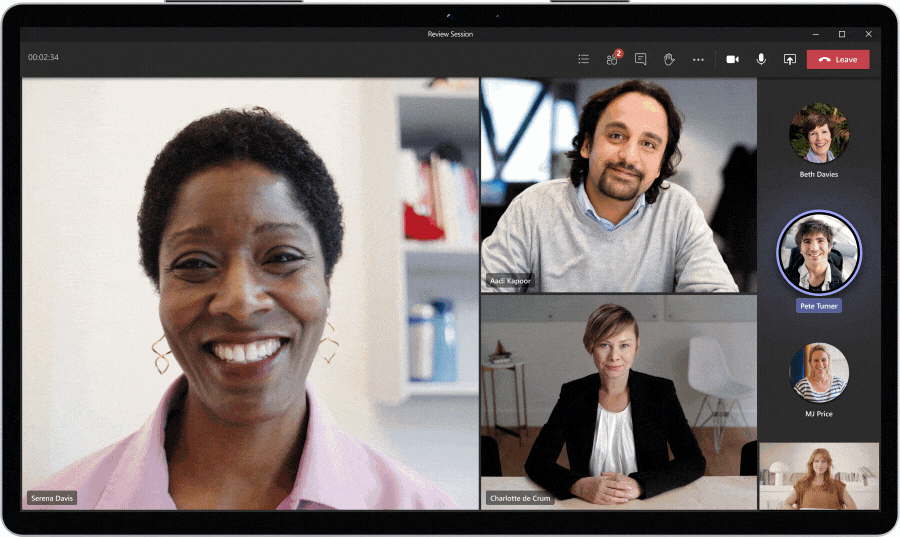
Dynamic View
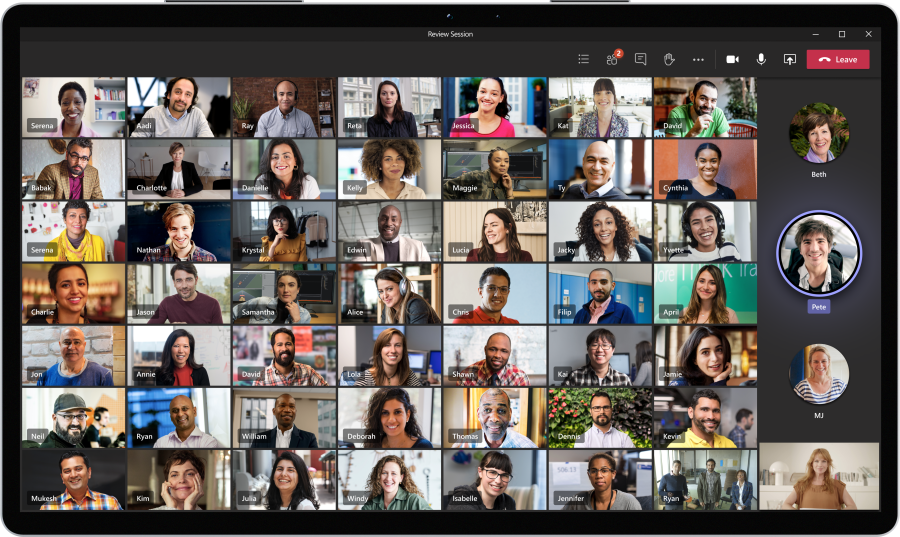
Large gallery view
Video filters—We’ve all become familiar with video filters used in photography and social media apps, and now we’re bringing them to Teams. Before joining a meeting, you can use the filters to subtly adjust lighting levels and soften the focus of the camera to customize your appearance.
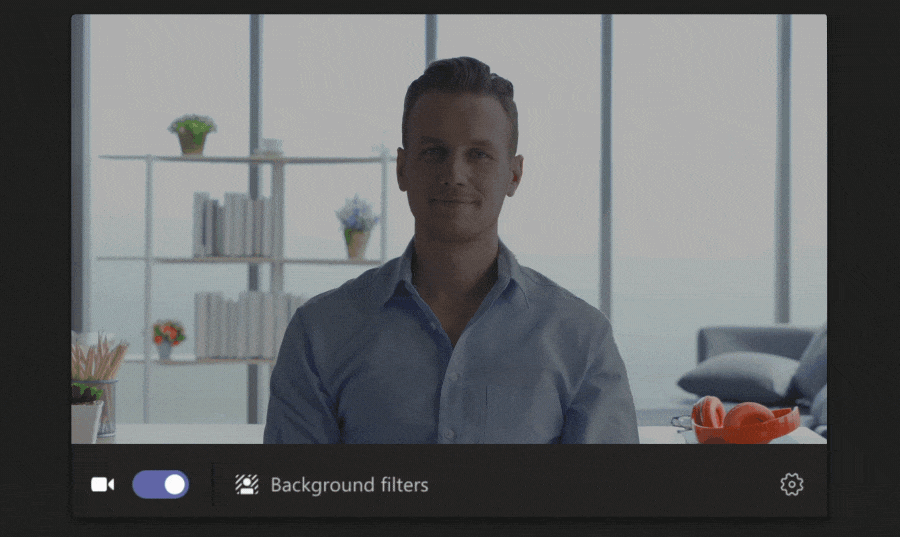
Reflect messaging extension—Our research shows that employee well-being is more important to productivity than ever. Creating an emotionally supportive environment is key to keeping people healthy, happy, and focused. The new Reflect messaging extension gives managers, leaders, and teachers an easy way to check-in with how their Office.com/setup team or students are feeling — either in general, or about a specific topic like work-life balance, the status of a project, current events, or a change within the organization. IT administrators will be able to install the Reflect extension from GitHub, and then make it available to employees in their organization in the message extension menu. Once installed, the extension provides suggested check-in questions and the ability to add custom questions that team members can respond to in a poll-like experience. Managers or teachers can also choose to make poll results anonymous. The Reflect messaging extension will be available in the coming weeks.
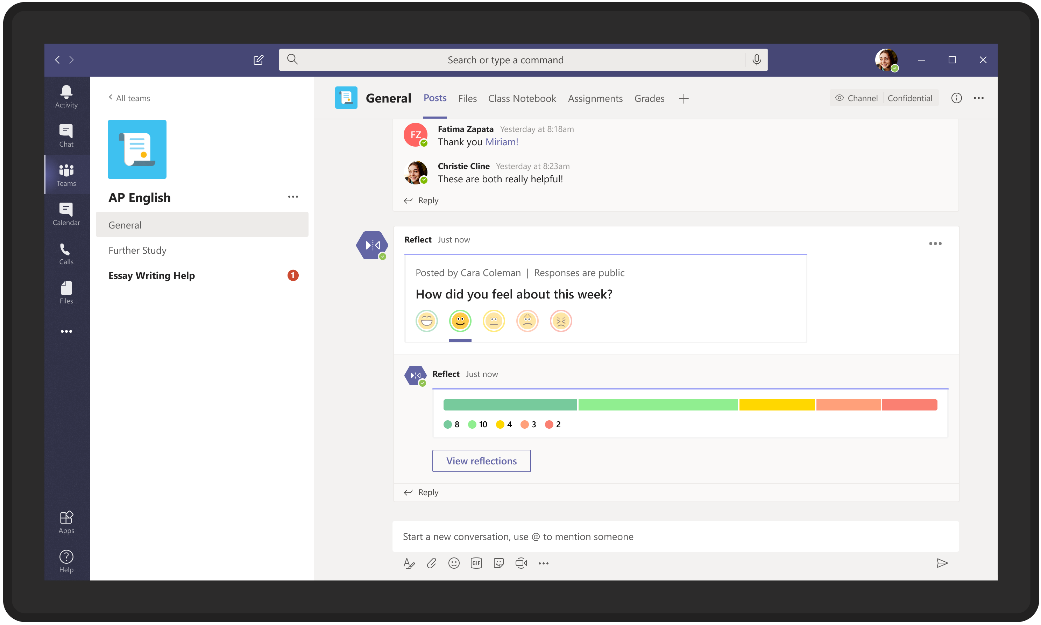
Make meetings more inclusive, engaging, and effective
Live reactions—Non-verbal cues like smiles and head nods can be difficult to notice in online meetings, making it challenging for presenters to gauge audience reactions and for participants in large meetings to share a sentiment without interrupting the meeting flow. Soon, you will be able to react during a meeting using emojis that will appear to all participants. Live reactions are a shared feature with PowerPoint Live Presentations, which allows audience members to provide instant feedback to the presenter. We are also bringing PowerPoint Live Presentations to Office.com/setup Teams in the future, further enabling audience engagement right from Teams.
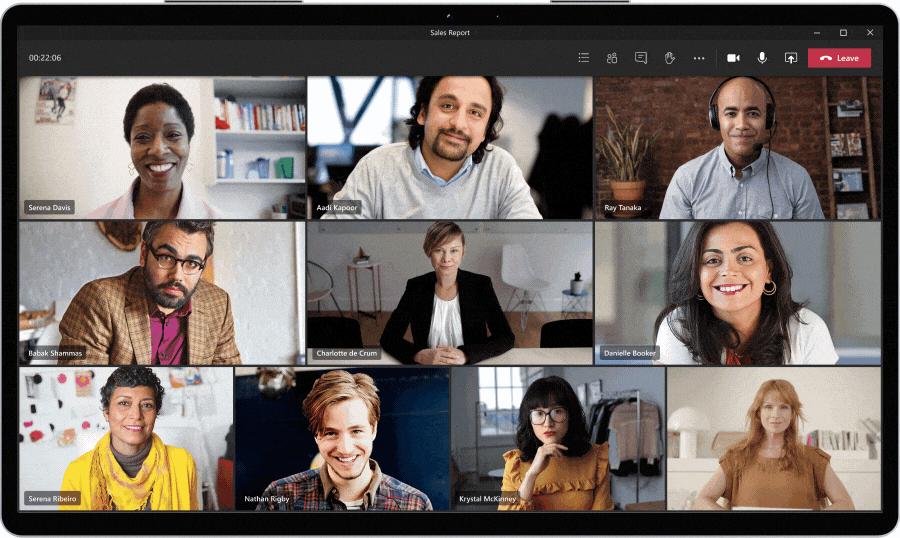
Chat bubbles—During meetings, chat has become a lively space for conversation and idea-sharing, and offers an option for people to participate in the discussion without having to jump in verbally. But it can be challenging to pay attention to video feeds, presentations, and chats all at the same time. Currently, Teams users need to manually open a chat window to view the chat screen. Soon, however, chats sent during an Office.com/setup Team meeting will surface on the screens of all meeting participants, making the chat more central to the conversation.
Speaker attribution for live captions and transcripts—While Office.com/setup Teams already provides live captions as a way to follow along with what is being said in a meeting, soon we will add speaker attribution to captions so that everyone knows who is speaking. Live transcripts, coming later this year, provide another way to follow along with what has been said and who said it. After a meeting, the transcript file is automatically saved in a tab as a part of the meeting.





No comments:
Post a Comment